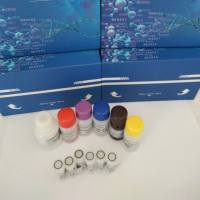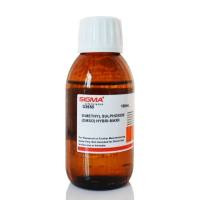Real-Time RT-PCR样品预处理(Sample Prep for Real-Time RT-PCR)
互联网
elader@ambion.com
Marketing Product Manager
Manager, Product
Applications Group
Agenda
Sample prep considerations
• Tissue handling : do’s and don’ts
• RNA isolation: what’s important
• My favorite RNA isolation method
• Genomic DNA contamination
RT considerations you’ve never considered
• Endogenous priming
• RT inhibition of PCR
• RT reaction times
Isolating RNA: Issues and Concerns
Performance
suitability for downstream applications
Yield
rapid tissue preservation
rapid and thorough sample disruption
Quality
intactness: rapid sample preservation and disruption
purity: removal of contaminants and genomic DNA
stability: complete inactivation of RNase
Isolating RNA: Stability?
Variable Stability of Prepared RNA

Steps in RNA Isolation
1. Obtain Sample
• process immediately
• preserve it
2. Disrupt sample and release RNA
• use of physical force to break cells (e.g. polytron, grinding)
• homogenization in chaotrope (GuSCN, LiCl) or detergent (SDS)
3. Extract and purify RNA
• acid phenol/chloroform (RNAwiz, TRIzol, etc.)
• glass filter (RNAqueous, RNeasy, etc.)
• oligo (dT) chromatography (PolyAPurist, etc.)
4. Store RNA (0.1X TE, 0.1mM
EDTA
, or 1 mM Citrate pH6.4)









